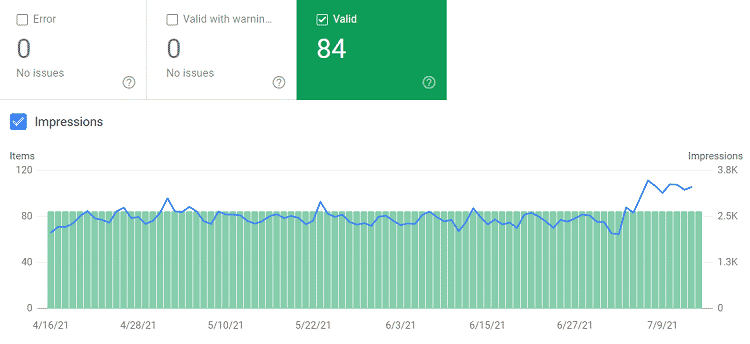Last Updated on April 14, 2022 by admin
In case you haven’t noticed, competition in search engine results pages is as stiff as it’s ever been. Every day the results seem flooded with more features. FAQ structured data, or FAQ schema, is one way to help you stick out in a sea of results that can include any combination of the following Google SERP features:
- Local map packs
- Answer boxes
- Knowledge panels
- Star ratings
- Image results
- Video carousels
- Paid ads
- Shopping results
- People also ask…question boxes
- Site links
With so much noise, it’s important for you to make a standard listing a bit more attractive to searchers. In the past, people have tried all sorts of tricks, particularly with meta titles to try to draw users’ attention. And, in truth, this can still be effective. Whether it’s utilizing special characters or data-driven approaches to utilizing more effective title tags, there are always little things you can do to drive up your organic click through rates – but what if you want something a little more drastic?
Check out our guide “Everything you need to know about FAQ schema” for all the nitty-gritty on this subject.
For those new to the topic, we’ll give you a quick refresher:
What is FAQ Structured Data?
At its core, FAQ structured data is just some basic code that you can place into a page that has multiple questions and answers to tell search engines that your page contains content in a question and answer format. The page itself doesn’t need to be strictly an FAQ, but if you have two or more questions followed with answers, you can create FAQ schema code, place it on your page and get search results that look like this:

As you might imagine, taking up more space in the search results, and having common questions that people have related to your page content will draw more eyeballs and ultimately more clicks to your listings. A post on Search Engine Land showed that FAQ schema increased CTR for SERPs in their test from 1.82% to 2.75%, an increase of more than 50%! With numbers like that, can you afford not to get on the bandwagon?
How Can I See the Impact of FAQ Structured Data?
Once you’ve properly implemented your structured data, you can submit any pages containing the code to Google Search Console for re-indexing and then keep tabs on it under the “Enhancements” reporting. Here’s an example of one website we work with which has implemented FAQ schema across 84 pages. Results for these pages get nearly 2,500 impressions per day!

Of course, Search Console only gives you impressions, you’ll have to go in and monitor before and after numbers at a page level to see just how much your CTR has improved.

How Do I Generate FAQ Schema Code?
While you could go to the trouble of learning all the ins and outs of creating this code from scratch, I’d recommend using a pre-existing tool where you can just copy and paste your text and have it generate the text for you. Here are a few tools that will do the job for you:
- https://saijogeorge.com/json-ld-schema-generator/faq/
- https://technicalseo.com/tools/schema-markup-generator/
- https://www.matthewwoodward.co.uk/seo/tools/faq-rich-snippet-generator-tool/
In my experience, Google is more likely to display this sort of result when your question is in a subheading and the answer comes directly after the question – otherwise, you’re going to seem deceptive. Also, it helps if you have a well-optimized page and strong content. Honestly, if you’ve got critical pages you want to drive more traffic to, it’s definitely worth investing some time and effort to add FAQ structured data.
What if I don’t have questions and answers on my key products and service pages?
There’s a simple solution to this. Add some. It will likely make your page better from an SEO standpoint even without adding FAQ schema – just answer common questions people have about your products or services. You sell blue widgets? Add a few subheadings with questions like:
- What sizes of blue widgets are available?
- How long does it take to ship blue widgets?
- Where are blue widgets manufactured?
- How many blue widgets come in a box?
If you’re adding this content, and are worried about room, maybe you should look into adding an accordion. Our Jerod Karam has an excellent post on how to make HTML5 accordions that you should definitely check out!
As you can see, the possibilities here are almost endless and unless you have some pretty savvy competitors in your niche it’s unlikely that many, or any of them have learned to use FAQ structured data yet, which gives you a first-mover advantage. So, what are you waiting for? Get out there and start generating some FAQ structured data and take your turn dominating the SERPs! Google’s opened the door for you, it’s time to charge through!

Leave a Reply